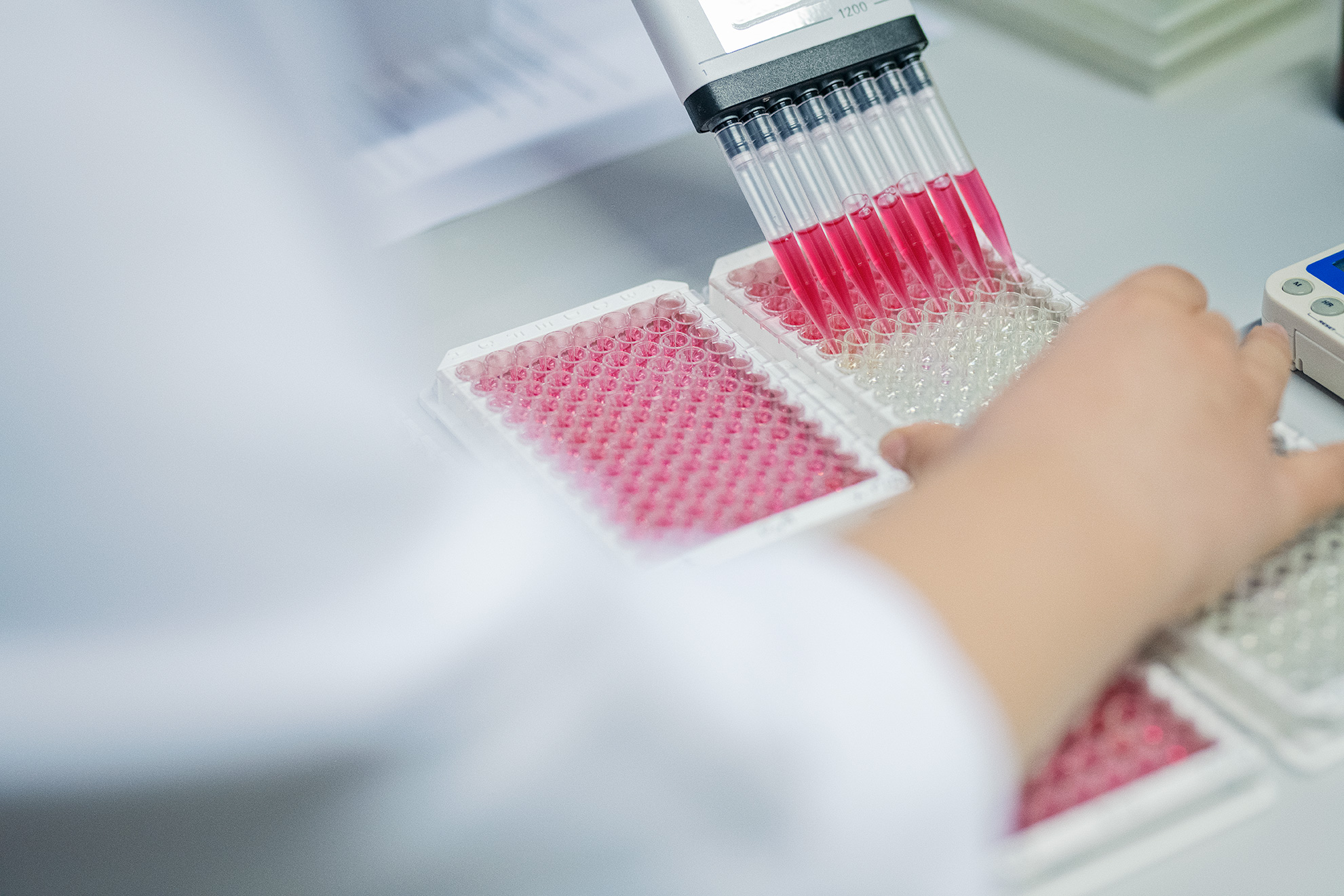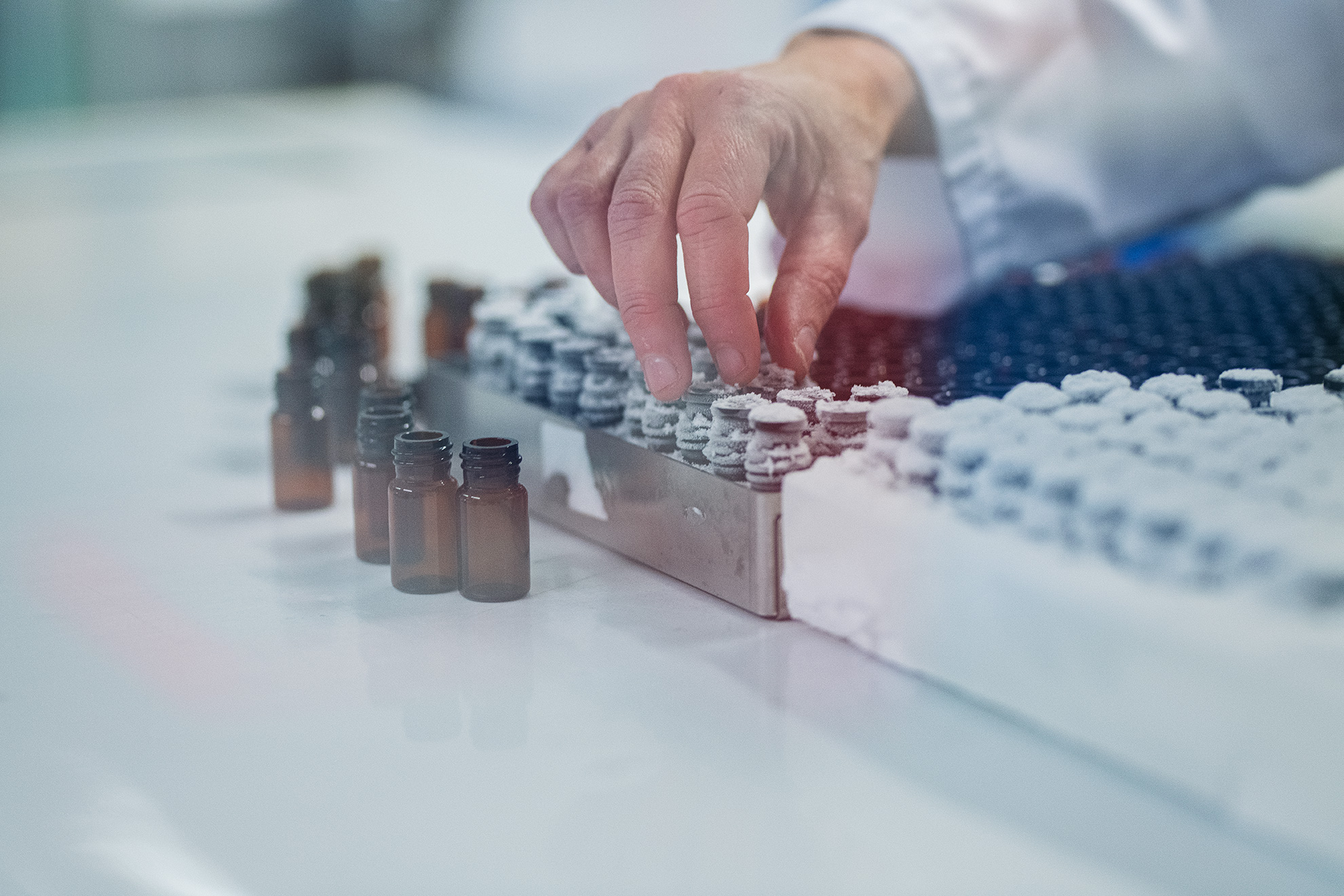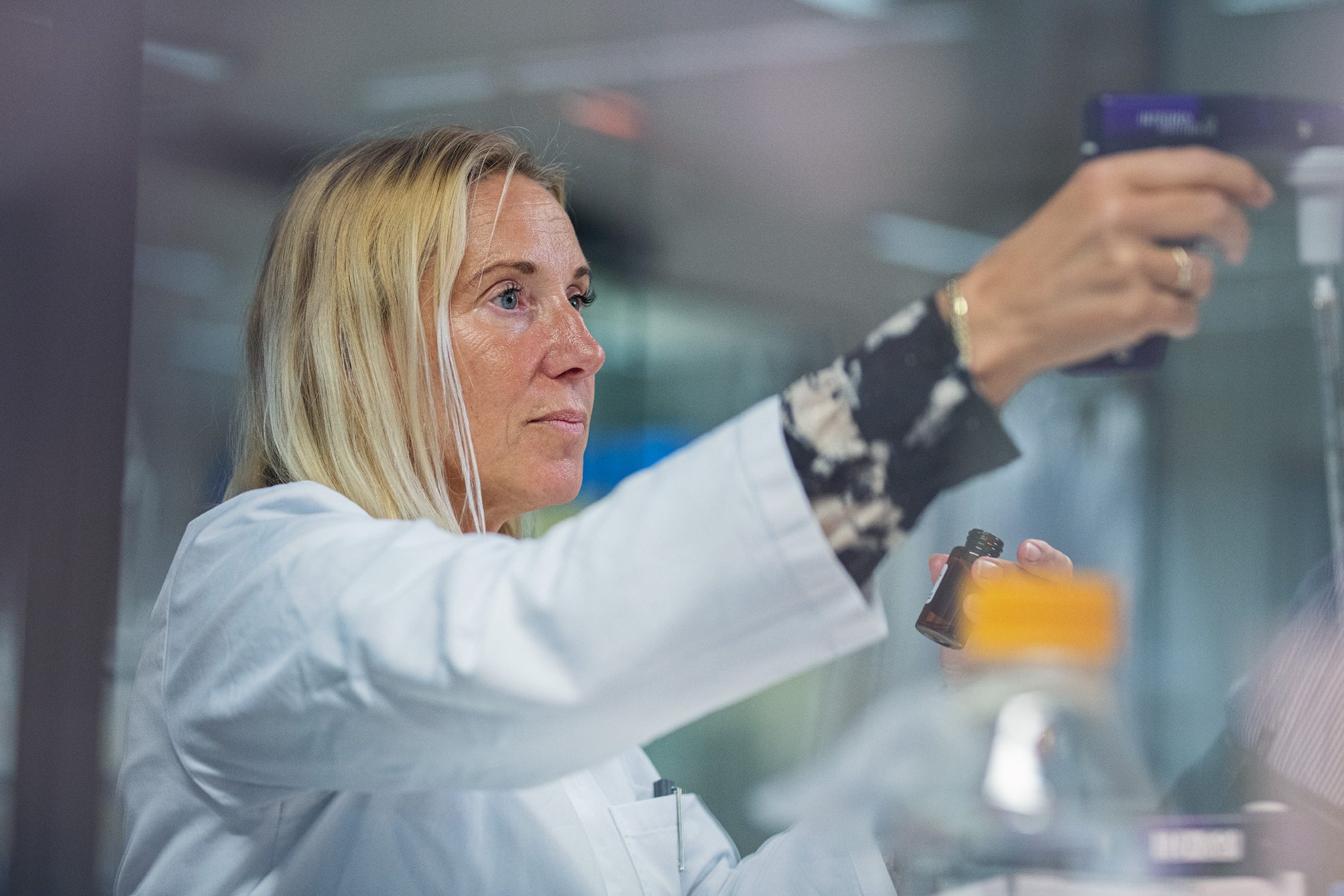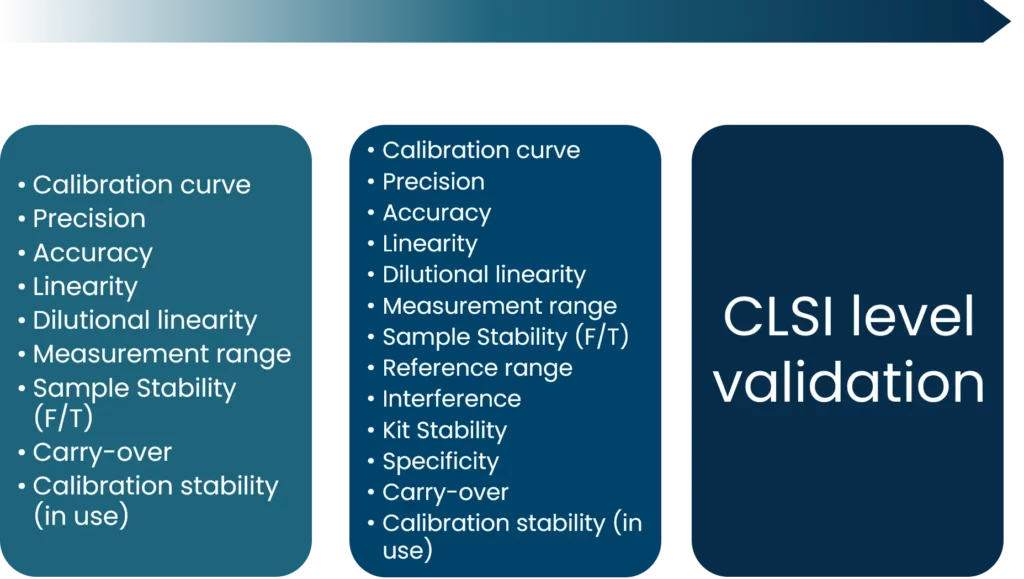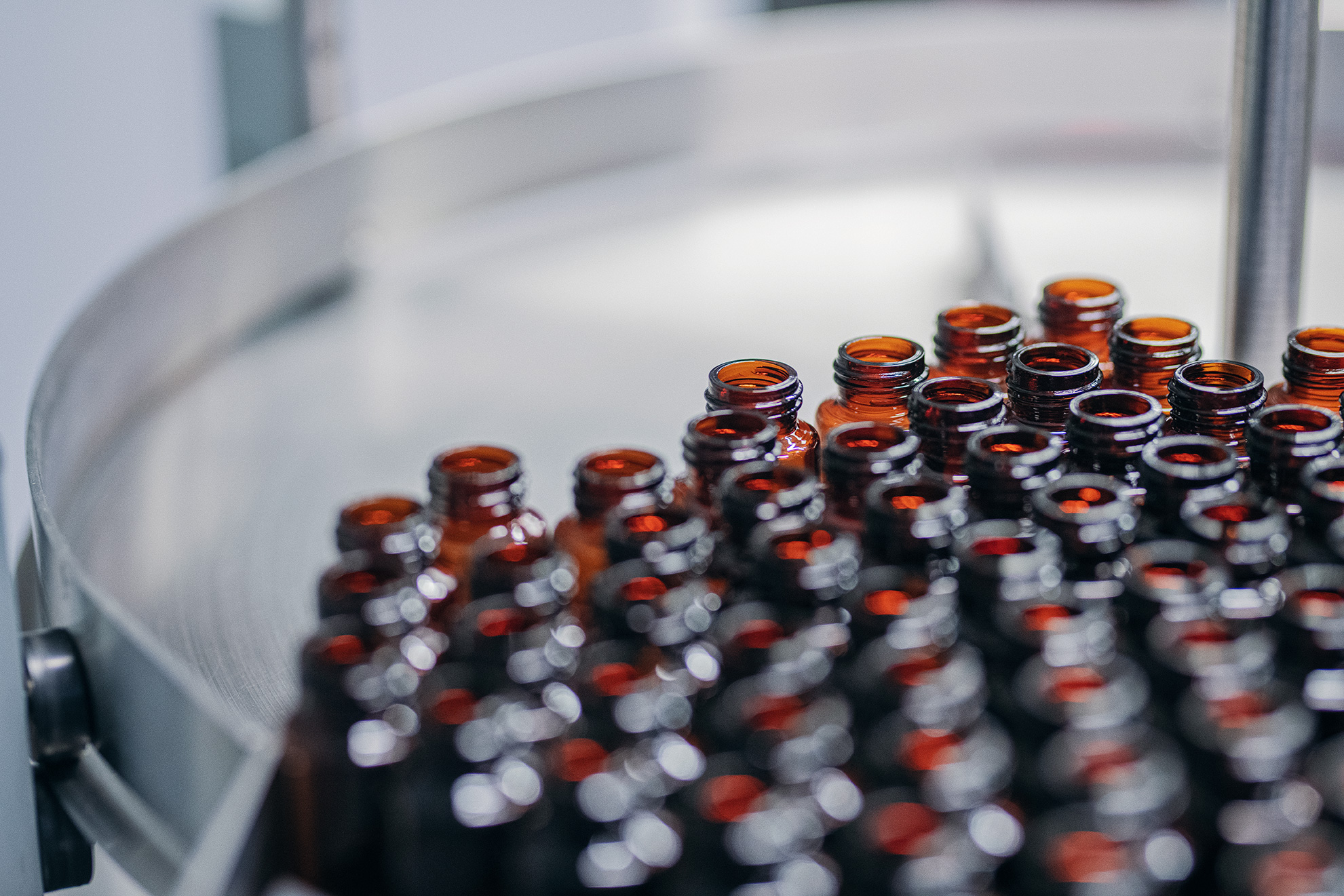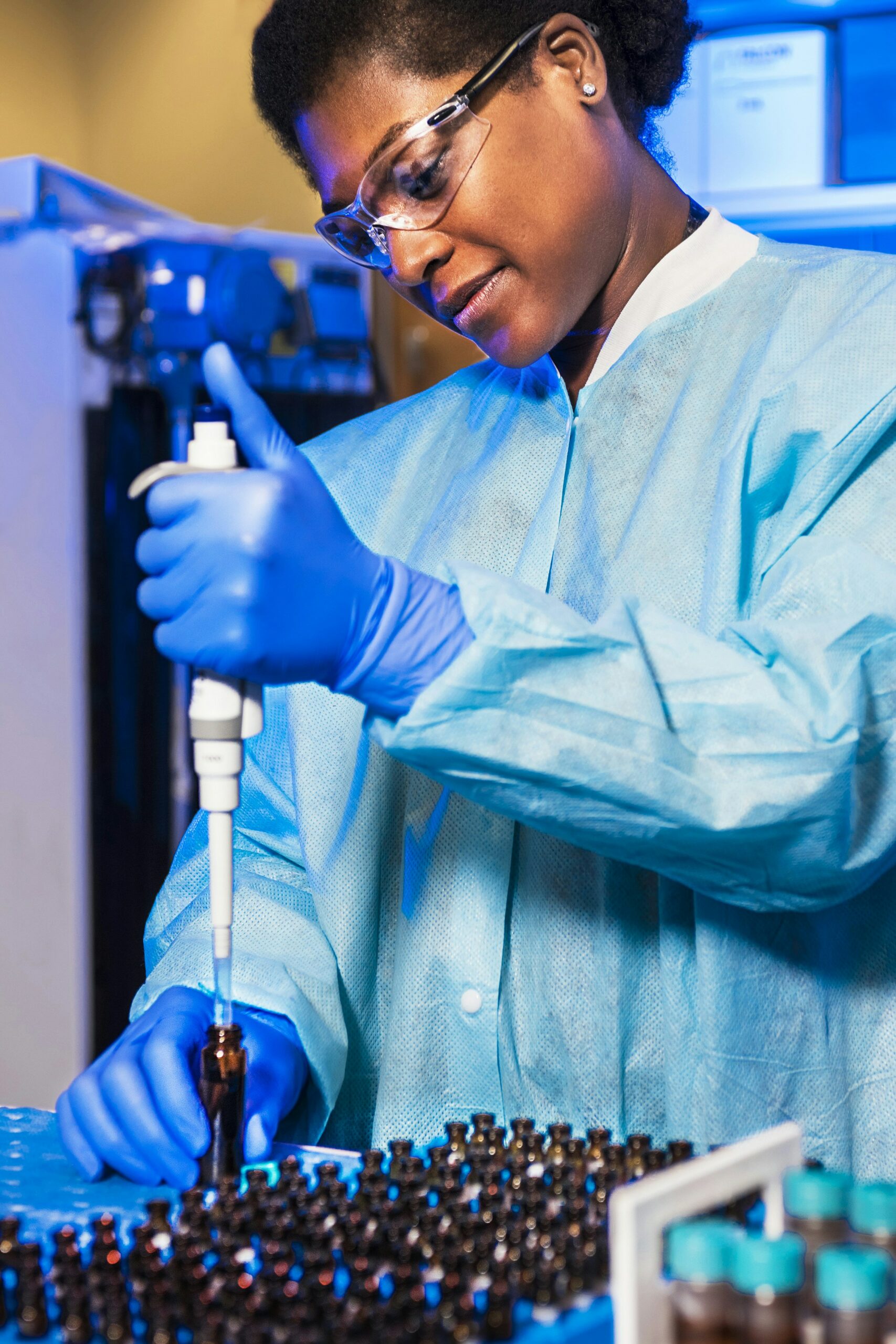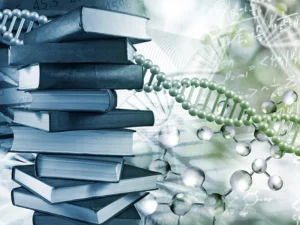According to the FDA, a biomarker is a “defined characteristic measured as an indicator of normal biological processes, pathogenic processes, or responses to an exposure or intervention, including therapeutic interventions.”
Biomarkers enrich clinical research, but it is critical that communication from the generation of an idea to the development of a cure be transparent. Unfortunately, confusion prevails due to inadequate terminology, which hinders the effective use and clinical relevance of biomarkers.
Only a limited number of compounds are approved as drugs, despite the countless compounds that go through the time-consuming and costly clinical development phases, not to mention the issues of demonstrable efficacy or safety. If such a drug candidate fails at a later stage, the investment losses are devastating.
